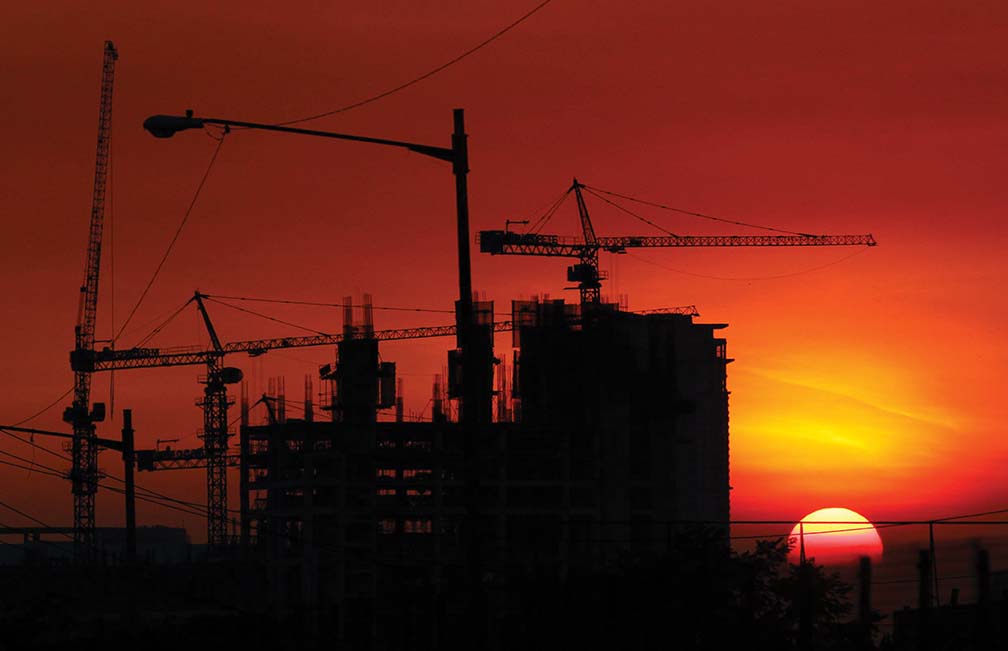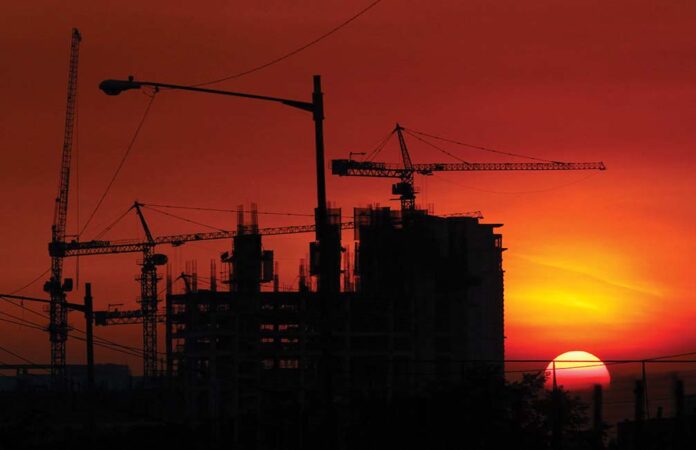
THE Asean+3 Macroeconomic Research Office (Amro) has a rosier economic outlook for the region this year, but sees some downside risks in the horizon, including another Covid-related fiscal crisis.
In the Asean+3 Regional Economic Outlook 2021, Amro said the region is poised to register a growth of 6.7 percent this year while the Philippines will become the second fastest-growing economy in the 10-member Asean with a growth of 6.9 percent in 2021.
In an online briefing, Amro Financial and Regional Surveillance Group Head and Lead Specialist Li Lian Ong said the growth will mainly be driven by base effects. The risks to its outlook, therefore, are tilted to the downside.
“Our global risk map shows that regional growth will continue to be vulnerable to downside risks that are predominantly linked to the pandemic. Specifically, rising financial distress among business and households could potentially lead to a financial crisis. Although we currently see that as a tail risk,” Ong said.
“The US-China tech tensions have been overshadowed by the pandemic, and represent other important risks. In the medium term, debt sustainability could be an issue if an unprecedented fiscal support is prolonged,” she added.
In her presentation, Ong said the likelihood of short-term risks happening is medium, citing these as financial distress among businesses and households; another sustained wave of the pandemic; and escalating tech tensions.
Short-term risks with a low likelihood of happening include a financial crisis due to the pandemic and elevated trade tensions. All these short-term risks are expected in the next two years.
In the medium term risk, which could happen in two to five years from now, is a sovereign debt crisis caused by pandemic spending. However, Amro said this only has a low likelihood of happening.
“Abundant liquidity support and debt moratoria have kept borrowers afloat, while regulatory forbearance has allowed banks to postpone recognizing NPLs and realizing losses,” the Areo said.
“However, the concern is that the Covid crisis could turn into a full-fledged financial crisis in a downside risk scenario, if the distribution of vaccines is delayed, the pandemic continues to intensify, economic recovery falters, and policy space continues to shrink,” it added.
Philippine economy
Meanwhile, apart from posting a growth of 6.9 percent this year, the Philippine economy is also projected by Amro to post a growth of 7.8 percent in 2022.
Both forecasts are within government expectations. As of December 2020, the DBCC projects GDP growth to reach 6.5 to 7.5 percent in 2021 while growth is expected to hit 8 to 10 percent in 2022. Amro economist and Areo Lead Author Anne Oeking said the economy, which was driven by domestic demand and services, was hit hard by the pandemic in 2020.
However, Oeking said the economy has seen a slight rebound given the easing of mobility restrictions, continued flow of remittances and policy support.
This will propel the economy to became the second fastest-growing Asean economy in 2021, second only to Vietnam which is expected to post a 7-percent growth. The growth in 2022 will make the Philippines the fastest-growing economy among Asean+3 regions. This growth, however, owes mainly to base effects.
“Having said that, a large part of that is the base effect because 2020 has been or was so weak, and that does not mean that output losses will be recovered this year,” Oeking said. “In the short term, at least, it’s really those pandemic-related risks that are so important. We cannot expect the economy to strongly recover until the virus is under control,” she added.
With stricter mobility restrictions put in place again in the country’s economic juggernauts—Metro Manila and surrounding provinces—Oeking said it is important to focus on the speedy rollout of accessible and acceptable vaccines.
Oeking said containment must also be targeted and made decisively; and implemented effectively and proactively.
The report also cited as risks to recovery the prolonged wave of Covid-19 infections, a slower-than-expected global recovery and potential financial distress of businesses in the short term.
Further, it is possible that lower potential growth owing to the scarring effects of the pandemic could occur in the medium to long term.
“A service-oriented and micro, small, and medium enterprise-dominant economic structure also makes any economic recovery in the Philippines more arduous,” the Areo report stated.
Local outlook
Meanwhile, given the repeat of the Enhanced Community Quarantine (ECQ), University of Asia and the Pacific (UA&P) economist Victor A. Abola told the BusinessMirror the government can already kiss its 2021 GDP goals goodbye.
Abola estimates GDP growth could only reach around 3.5 percent. Apart from the ECQ, inflation will likely cut the growth forecast.
Inflation, based on his estimates, could be around 4.4 percent to as much as 4.5 percent this year—higher than the Central Bank’s target of 2 to 4 percent in 2021 and 2022.
“The government forecast is no longer achievable with this lockdown in Metro Manila which is likely to be extended,” Abola said in a phone interview. “The stop and go [policy] prevents you from going full blast [with your business].”
In its latest Market Call report, First Metro Investment Corporation (FMIC) and UA&P Capital Markets Research said vaccinations will play a major role in the economy’s recovery.
Other factors include the confidence of firms to produce and consumers to spend as daily cases have soared beyond earlier records.
“The pace of economic recovery, however, will depend on how fast vaccines roll out, more effective medications are acquired, and firms rebuild supply chains and boost output and employment,” the think tank said.
However, “green shoots” have sprouted for the economy. These include the rise in employment of 1.4 million and IHS Markit’s Manufacturing PMI remaining on expansion mode at 52.2 in February.
The Bureau of Internal Revenue (BIR) also reported higher tax collections in December at 0.5 percent. The implementation of granular lockdowns in Metro Manila also supports the positive outlook.
“With inflation running high, BSP may not want to cut policy rates, unless the new ECQ significantly slows the economy further. With the US dollar regaining strength—up 2.2 percent since end-2020—and our trade deficits up for the second straight month, we retain our view that the peso may remain under slight upward pressure for the rest of the first semester,” the think tank said.
Image credits: Bernard Testa
Read full article on BusinessMirror

